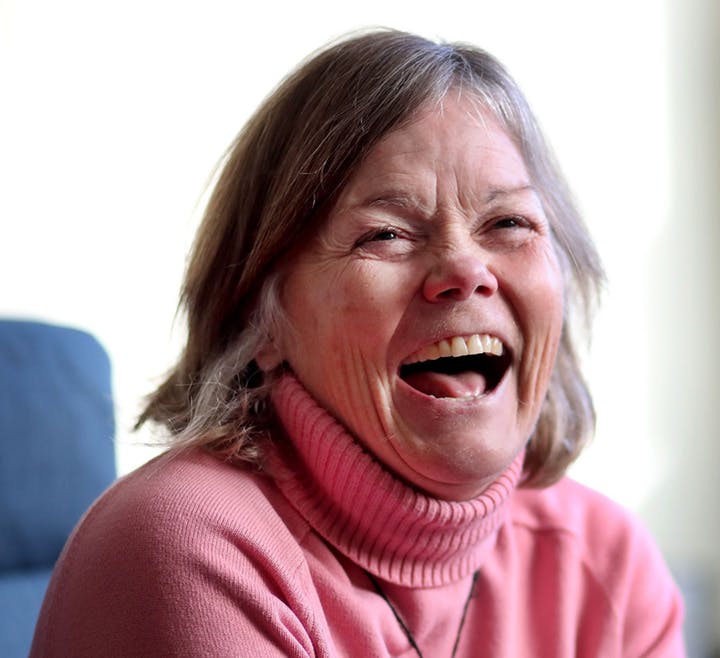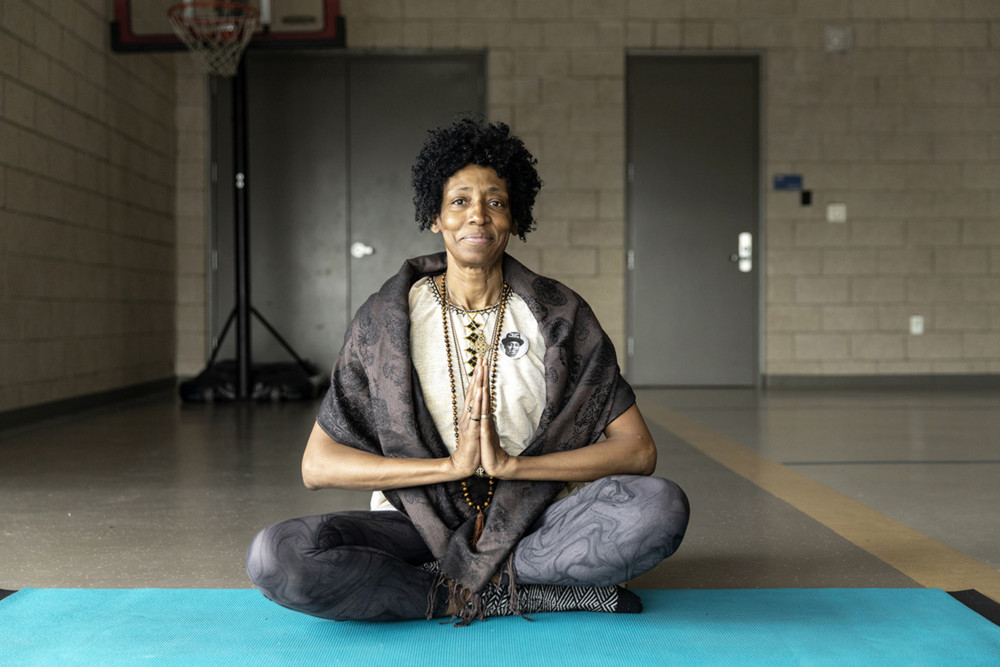By Gail Rosenblum
Star Tribune (Minneapolis)
WWR Article Summary (tl;dr) Donna Minter from the Minnesota Peacebuilding Leadership Institute, explains the concept of restorative justice. While Minter understands that revenge can be very tempting, she is trying to create a dialogue about productive, positive alternatives.
Minneapolis
Donna Minter deals with what she calls a public health epidemic every day, even though “few know how to talk about it or are willing to address it.”
The issue? Unhealed psychological trauma. Minter is founder and executive director of the Minnesota Peacebuilding Leadership Institute, which offers training and events to mental health professionals, teachers, nurses, attorneys and lay people to light the way to positive and productive alternatives to the tempting default of revenge.
After working with patients and incarcerated people for years, the neuropsychologist hungered for a more effective way to help people heal and transform. Minter tells us more about how she found her way to restorative justice.
Q: How do you explain restorative justice to those approaching it for the first time?
A: I quote Desmond Tutu: “Restorative justice says the harm done injured a relationship, so you are seeking to heal the relationship.” Restorative justice asks, what wrong was done to a person or community? What are their needs? What needs to be done to make things right for those harmed?
Q: And the opposite approach, retributive justice, asks?
A: Who is to blame for the harm? What should the punishment be for the offender?
Q: Why do you believe the latter isn’t effective in the long term?
A: When terrible things happen, people have a basic human need for justice. Too often, though, people confuse their basic human need for justice with a simplistic urge for revenge. Their peace has been stolen. They want to build that peace back into their lives. We help them do that with restorative strategies that authentically satisfy their basic human need for justice, dignity and healthy power. We teach people how to break the “justice as punishment” cycle. We create a safe space for participants to encounter and engage in reciprocal empathy. We’ve learned from others’ research that this approach can even create new neural pathways in the brain.
Q: So the perpetrator is part of the process? That must take some convincing.
A: We wouldn’t do a restorative justice conference with a person who did harm who isn’t at least open to accepting responsibility for the harm. I’m under no illusions that everyone is going to want to be a part of this. And there is a time and a place for the criminal justice system but it is not the last word. The more opportunities we offer, the more people find the restorative justice approach transformative. When a person causes harm or does illegal things, for example, they are given the opportunity to participate in a talking circle with those who were harmed. This work can change people’s lives for the better on both sides. Most people want to be part of a solution.
Q: And studies show retribution doesn’t ultimately free most victims from their pain.
A: They can go that route, but I know people that have had a family member killed and they go through every court hearing thinking that at the end they’re going to feel better. For some, justice is done when people are put away, but many remain traumatized by the process. The criminal justice system is not here to heal people psychologically. The repercussions of that process manifest themselves in all sorts of continuing physical and psychological trauma. When restorative justice is done well, with lots of preparation and trained facilitators, that healing is most possible.
Q: When you speak of unhealed trauma, is most of it rooted in one’s childhood?
A: We teach that there is a full spectrum of reasons for psychological trauma. Is it childhood? Absolutely. But it’s also racism and homophobia; it’s cultural trauma and historical trauma. We give people simple language and understanding about what it is and how to heal from it. Once they are informed and understand resilience, there’s much productive work they can do on their own.
Q: In August 2018, St. Paul hosted the International Conference on Restorative Justice Practices. Your nonprofit won a big peacebuilding award in Washington, D.C., last fall. Why do you think Minnesota is a vital center for restorative justice?
A: Back in the 1990s, leadership at the Minnesota Department of Corrections had a basic understanding of restorative justice. They hired Kay Pranis, who is a national leader in the practice, and she served from 1994 to 2003. Then there were budget cuts, but still a lot of people were saying we’ve got to find a way to keep doing this. Pockets of people across Minnesota who learned about restorative justice started volunteer programs because they believed in it. Most of our participants are from the Twin Cities and around Minnesota. Others have joined us from across the U.S., Asia, Africa and Europe.
Q: If people want to learn more, what should they do?
A: Sign up for our one-day training called “Restorative Justice 101: Training for Practice in Everyday Life” (Go to mnpeace.org). Our January training is full but we have another coming up March 11. They’ll learn positive, productive strategies to transform psychological trauma into nonviolent power within their sphere of influence. At least two-thirds of those who come to our training are not licensed professionals. They’re community members who are hungry for this information, who want something different to happen. That makes me very hopeful.
___
Distributed by Tribune Content Agency, LLC.
















































































































































































































































































































































































